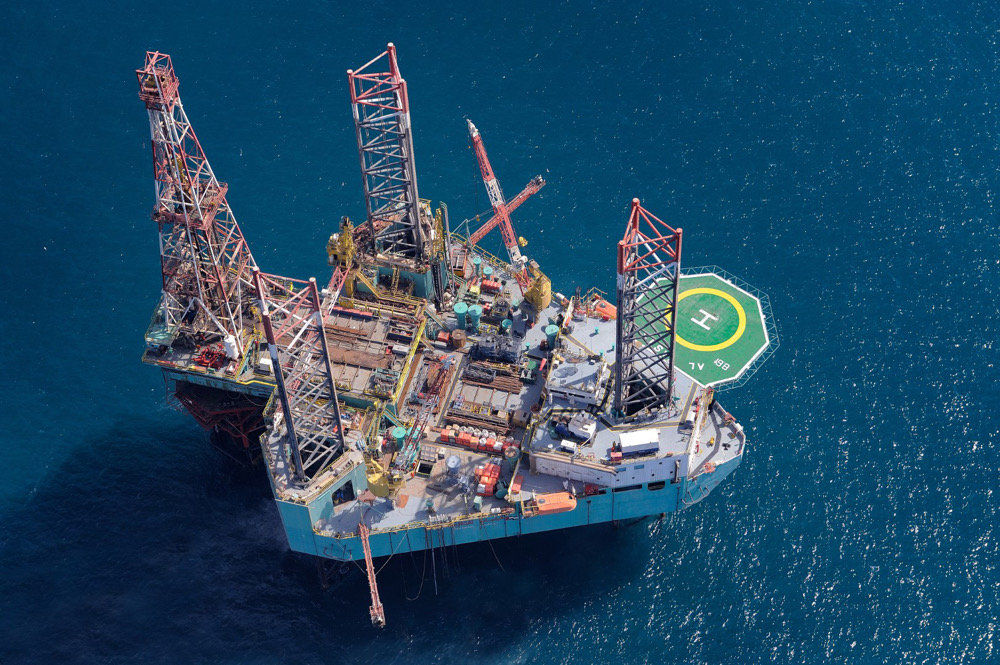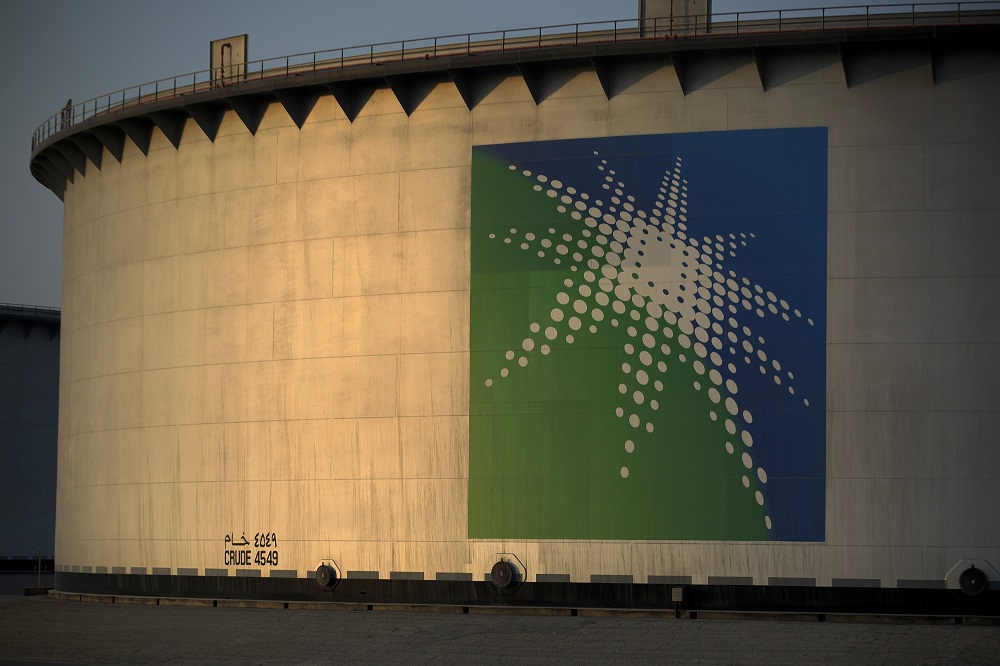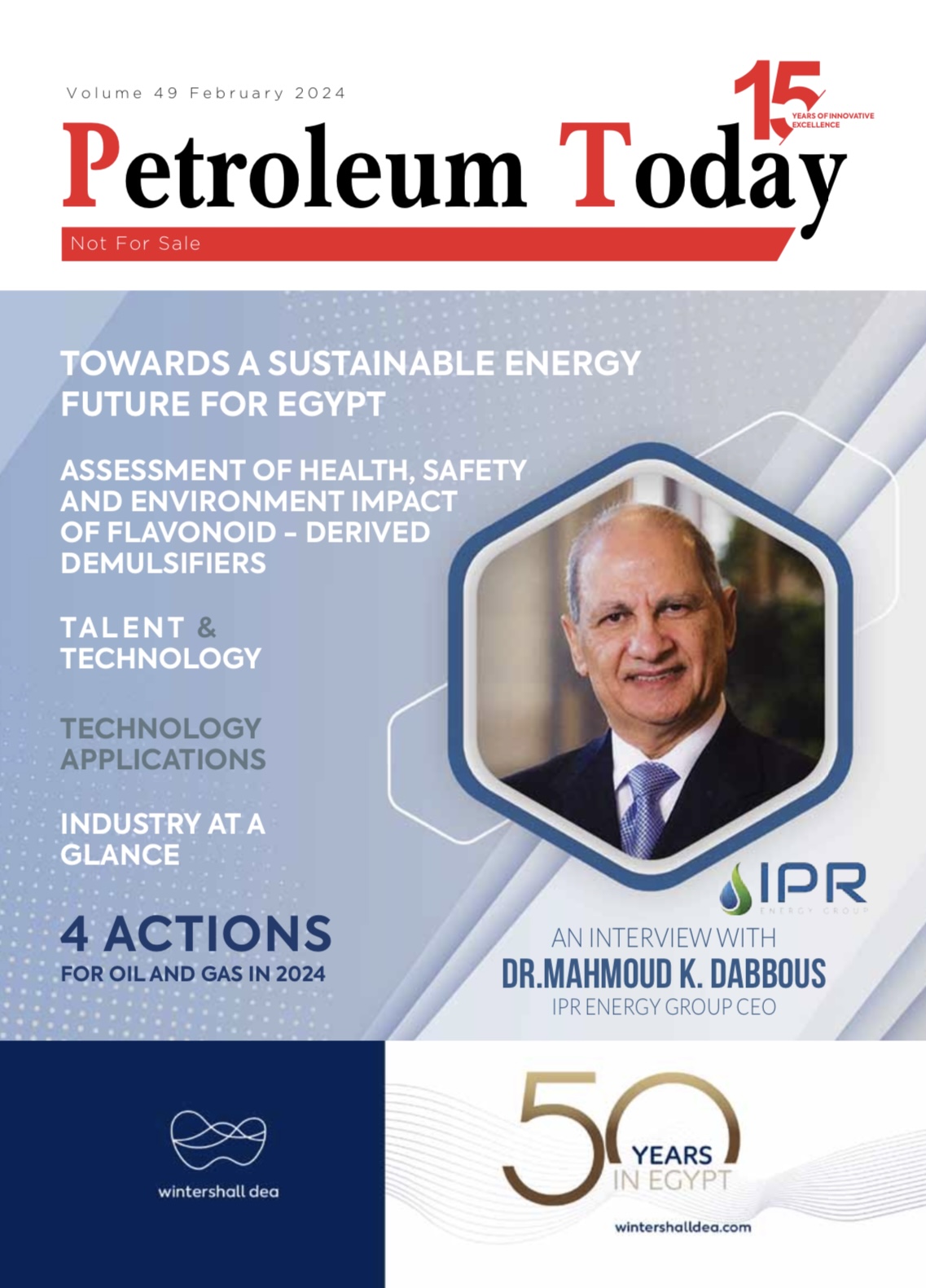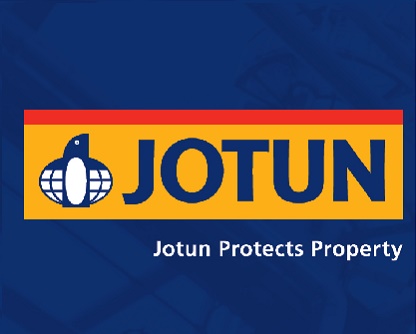International
Chevron could be forced to pay $100m for failure to capture carbon emissions
Published on : 2020-06-04
.jpeg)
The guardian - to pay for offsets worth more than $100m for carbon dioxide emissions released at a delayed carbon capture and storage (CCS) project in northern Western Australia, an analysis suggests.
The state government last week ruled against Chevron over an emissions condition that applies to the company’s large Gorgon liquefied natural gas (LNG) development on Barrow Island in the Pilbara.
Stephen Dawson, the WA environment minister, backed a recommendation by the state Environment Protection Authority that Chevron must capture and inject underground at least 80% of carbon dioxide emissions released from a gas reservoir at the site over a five-year period starting on 18 July 2016, when it first shipped LNG from the site.
The 80% emissions burial target was a condition of the development’s state approval, but the CCS project was delayed due to technical issues. It started operating in August 2019.
The state government rejected an argument by Chevron that the five-year period in which it had to bury emissions should not start until July 2018, when it was approved to expand the development.
Campaigners and analysts said it would be impossible for the company to meet the 80% target given it sequestered no emissions in the first three years, and it should have to pay for carbon reduction projects equivalent to the excess CO2 released.
Dawson said the state Department of Water and Environmental Regulation would determine whether Chevron was complying with the 80% condition at the end of the first five-year period, in July 2021.
He said the WA government was committed to working with companies to ensure they met environmental commitments. “We have a responsibility to deliver positive environmental outcomes, based on robust scientific inquiry,” he said. “The injection of carbon dioxide underground is a complex matter which requires serious consideration by the state and the proponent.”
The decision follows the federal government announcing it plans to increase support for CCS, including allowing projects to bid for funding from its main climate policy, the emissions reduction fund. Gorgon is Australia’s only commercial-scale CCS project.
Chevron, which operates Gorgon on behalf of partners including Shell and ExxonMobil, last year called it “one of the world’s largest greenhouse gas mitigation projects ever undertaken by industry”.
The company said it was reviewing the state government decision. “Managing greenhouse gas emissions is an integral part of how Chevron plans and executes its business,” a spokesperson said on Wednesday.
The nature and extent of any penalty the owners may face will not be determined under after the five-year period. The EPA has previously recommended that LNG plants offset their emissions by buying carbon credits.
The Boiling Cold news site reported that more than 8m tonnes of reservoir CO2 were vented into the atmosphere in the first three years of Gorgon’s operation, before CCS began. Chevron says 1m tonnes were buried in the six months after the CCS project began operating in August.
The company said in March the CCS development was fully operational, and would capture up to 4m tonnes a year. It suggests, under a best-case scenario, about 40% of reservoir CO2 over the five years would be buried. That could leave about 7m tonnes needing to be offset to reach the 80% target.
Richie Merzian, from the Australia Institute think tank, said the company could be liable for more than 10m tonnes of unapproved emissions if not all reservoir CO2 was captured, equivalent to the annual emissions from Australia’s domestic airline industry.
Assuming a carbon price of $15 a tonne of CO2, roughly that paid by the government through the emissions reduction fund, he estimated the company could face a carbon bill of $150m. “It is welcome to see the WA minister side with the EPA and request Chevron to make good on millions of tonnes of emissions it released into the atmosphere, against legal requirements,” he said.
Piers Verstegen, director of the Conservation Council of Western Australia, said Chevron should start paying for offsets immediately.
“It’s clear they’re not going to be able meet the requirement,” he said. “Chevron have dragged this out for long enough now. They should start sourcing carbon credits in Western Australia. Doing so could create a lot of jobs in tree planting or renewable energy.”
New LNG developments have been the main cause of national emissions growth over the past decade. Official data suggests national emissions dropped by 0.9% in 2019 as pollution from large industrial sites, particularly LNG plants, continued to increase.
Chevron estimates the $2.5bn CCS project will reduce total emissions from the Gorgon development, including both CO2 from reservoirs and pollution released into the atmosphere during LNG processing, by about 40%. It was supported by a $60m federal grant.







